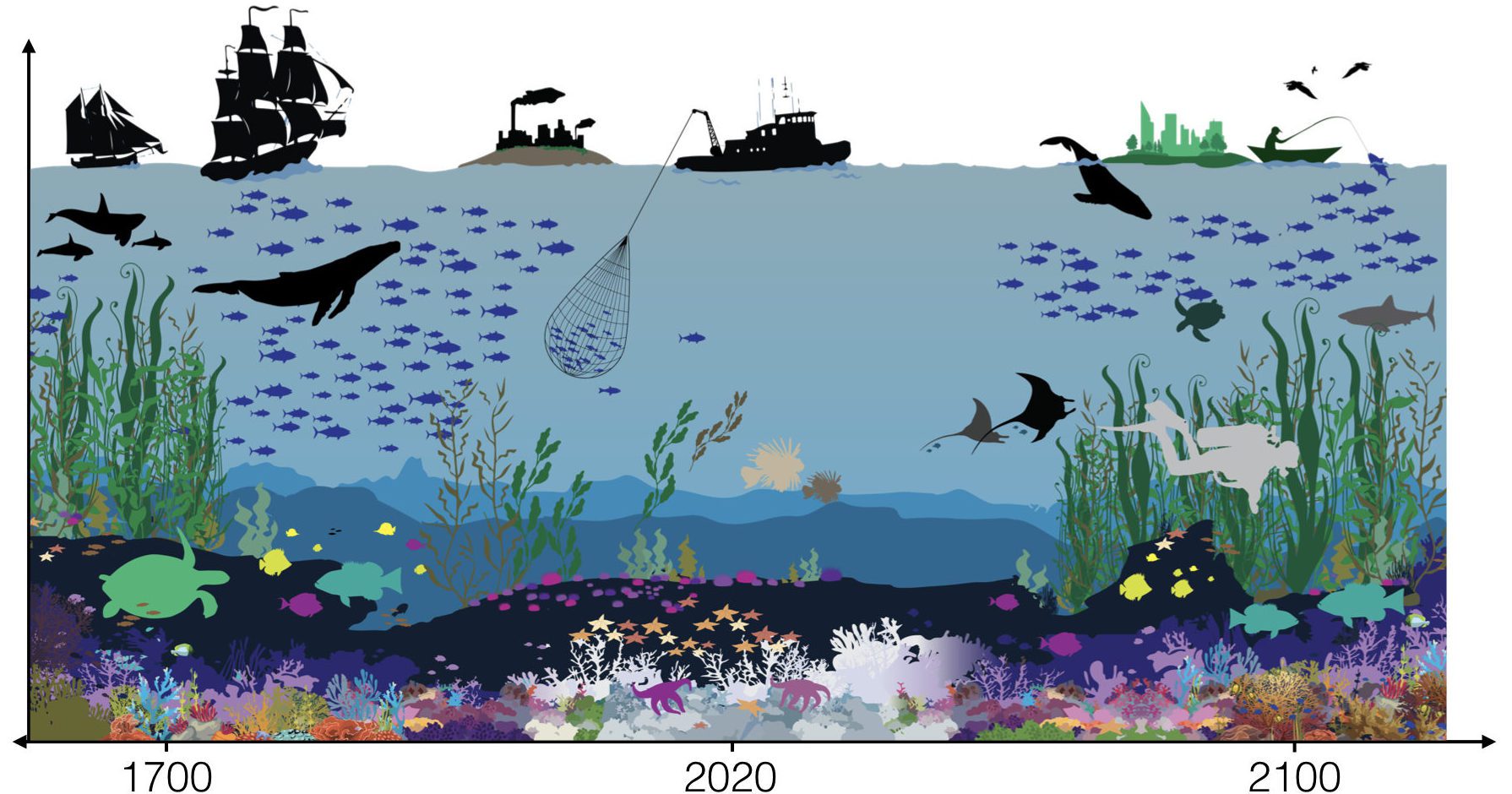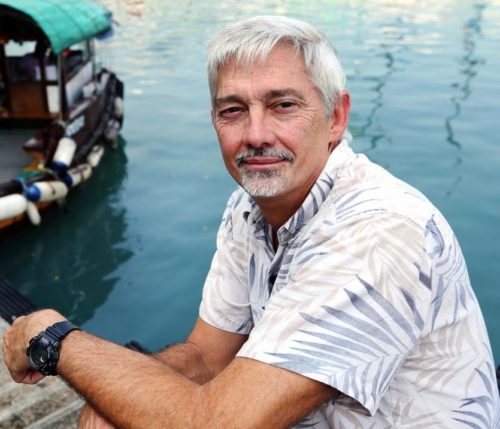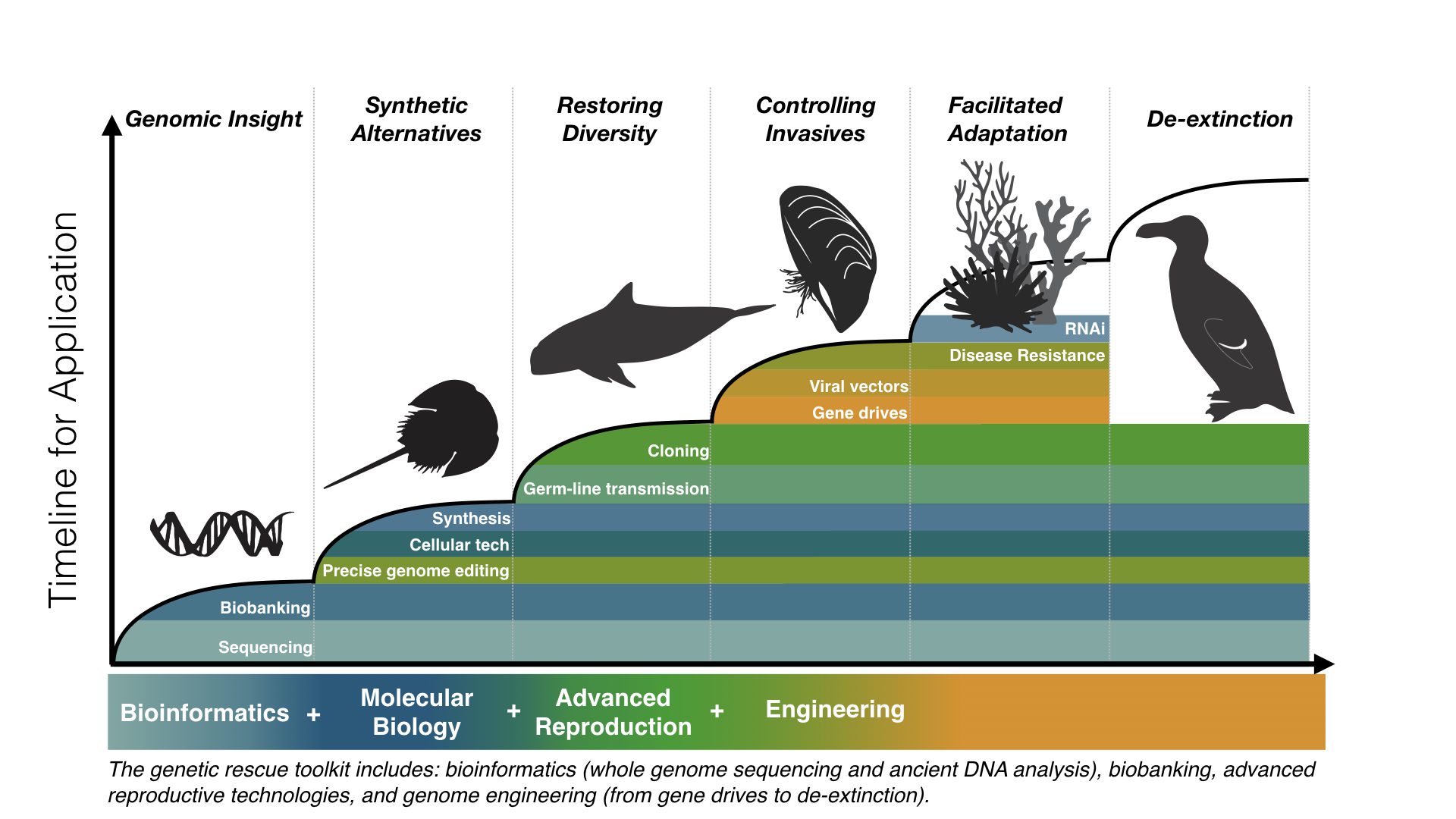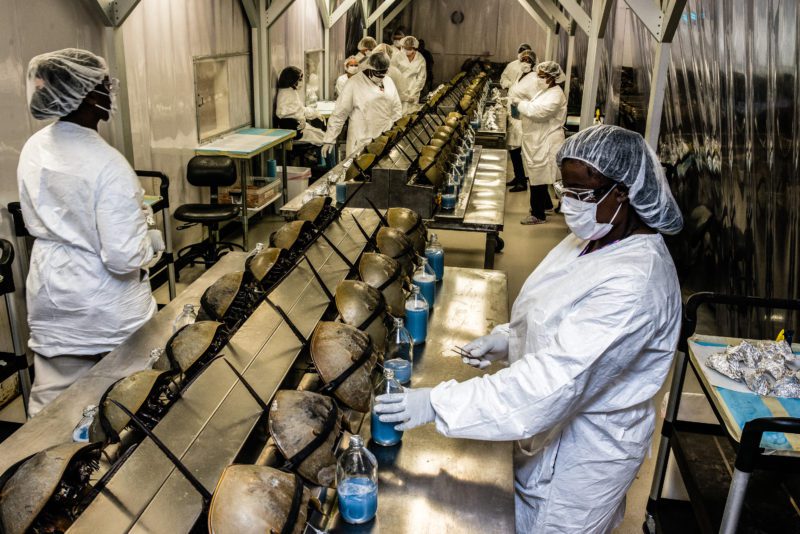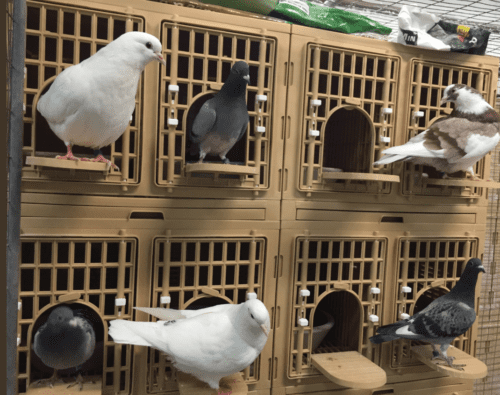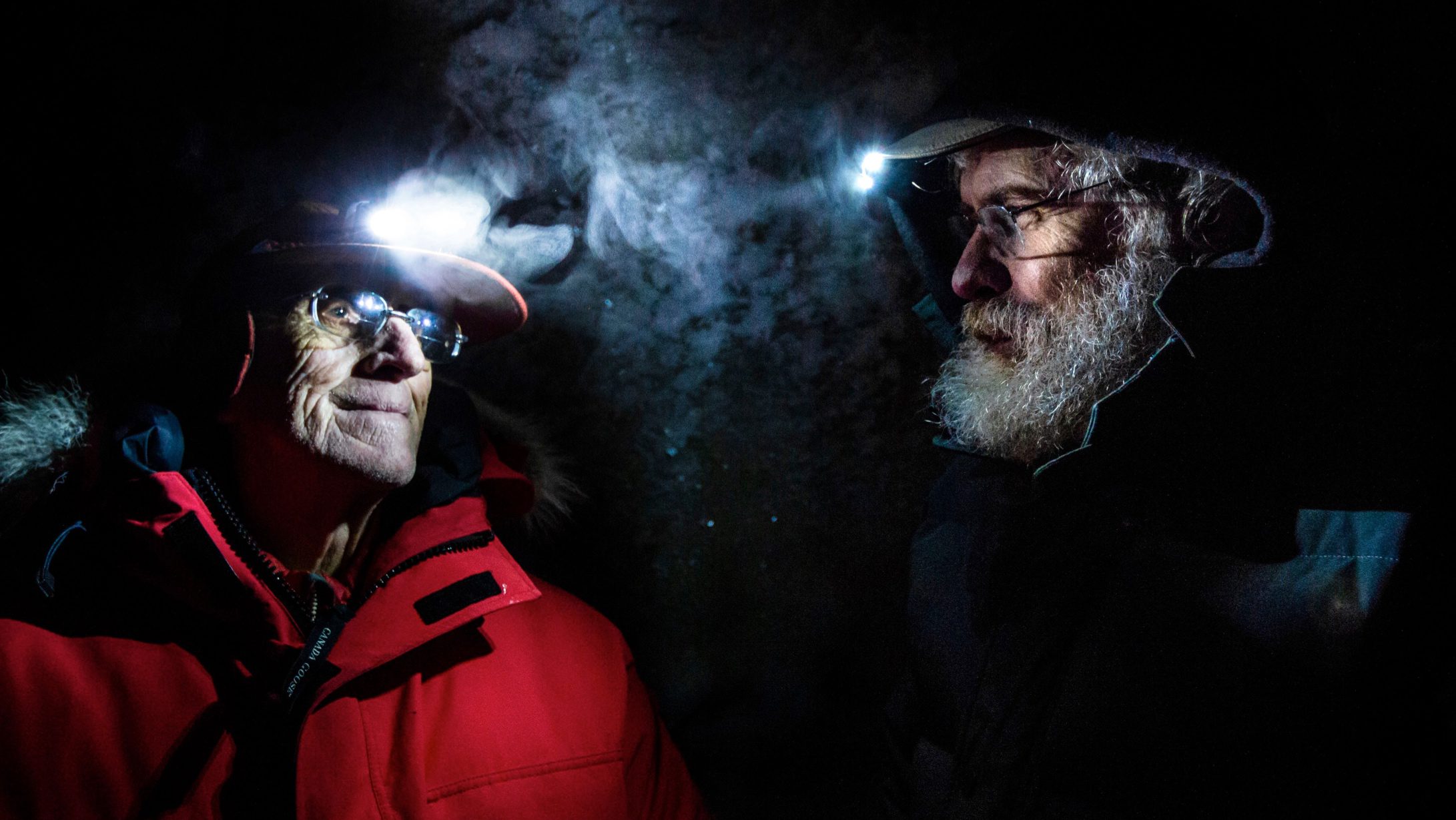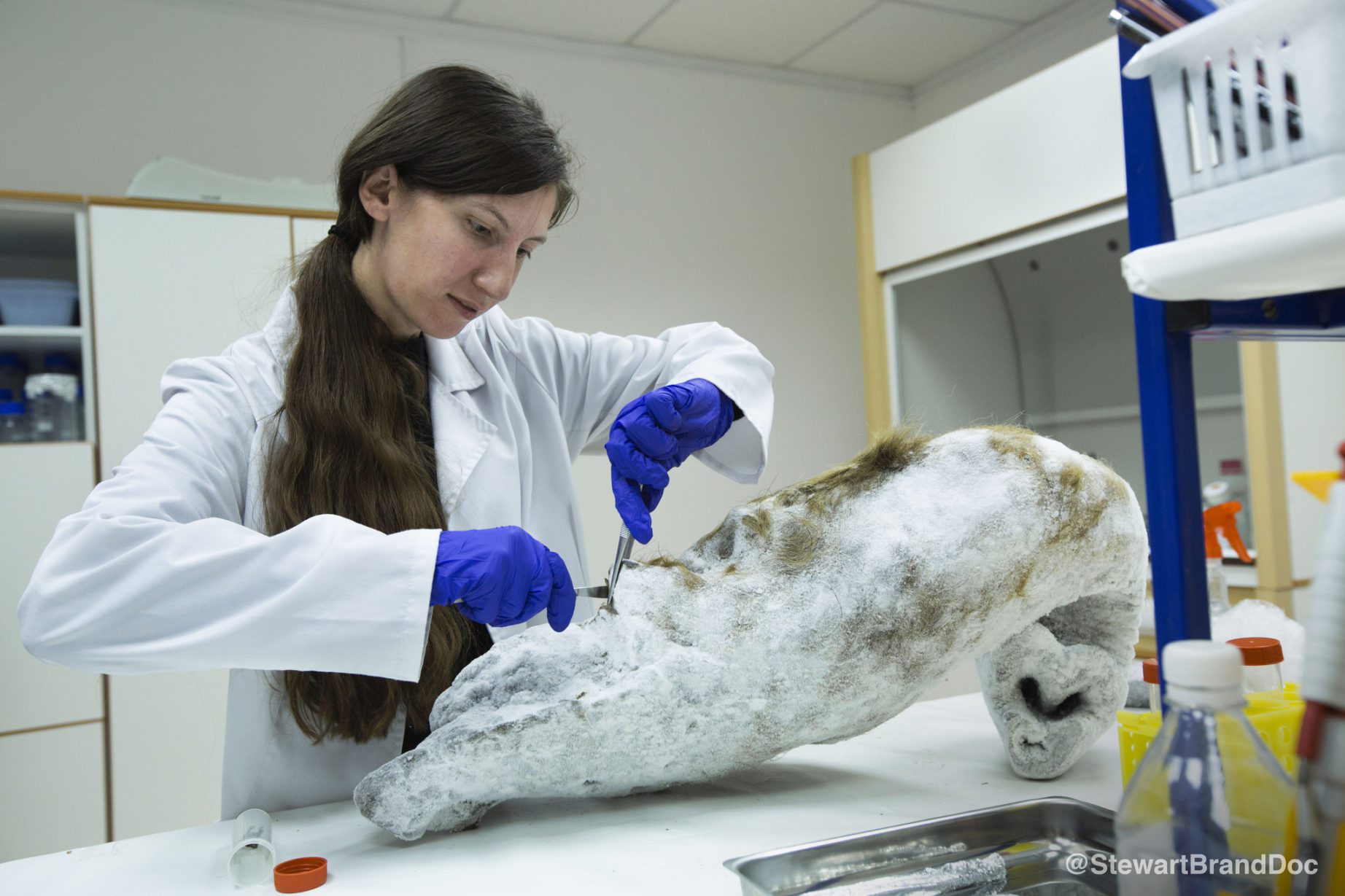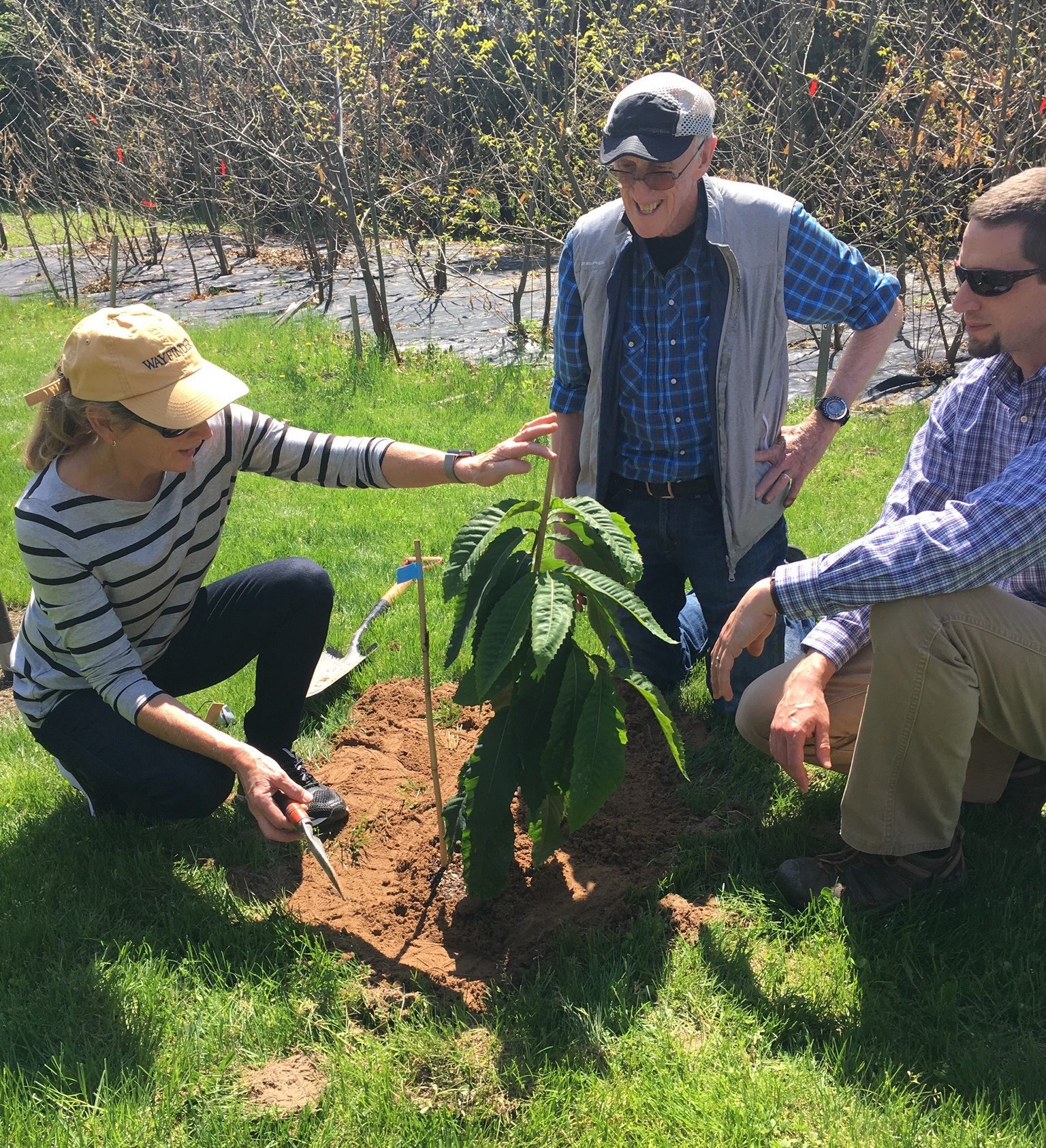2018 Year End Report
December 31, 2018
This year, Revive & Restore took a profound step forward, maturing from an ambitious startup to a catalytic conservation organization that is already making a difference. Advocating for the development of a new toolkit for conservation is an essential part of our work, but we recognize that a key barrier to the adoption of genomic solutions by the conservation community has been the lack of funding for innovative solution-oriented research. To address this issue, we are implementing select conservation projects and are excited to announce a new Catalyst Science Fund for early-stage research that will be applied towards high-impact conservation challenges.
We launched the Fund this fall to support the development of innovative genomic and biotech tools that can be applied to troubling conservation challenges like those posed by the changing climate. And, thanks to an early gift to the fund, Revive & Restore just awarded the first grant from the Catalyst Science Fund to investigate the causes of coral bleaching.
This year we were also commissioned by a new family foundation focused on “creating a more bioabundant ocean” to assess the potential application of genomics and other biotechnology solutions. While genomic applications are still relatively limited, they hold significant potential to help solve some vexing marine conservation challenges. We are planning a major release of the report in the first quarter of 2019.
Importantly, the years of carefully planning, researching, fundraising, and collaborating have advanced our in-house genetic rescue projects to a point where important conservation outcomes are beginning to take shape. We received a first-of-its-kind permit to advance the genetic rescue of North America’s most endangered mammal, and we showed that a recombinant synthetic product can effectively stop the bleeding of half a million horseshoe crabs annually.
We would like to share with you in a little more detail the exciting advancements Revive & Restore made in 2018.


